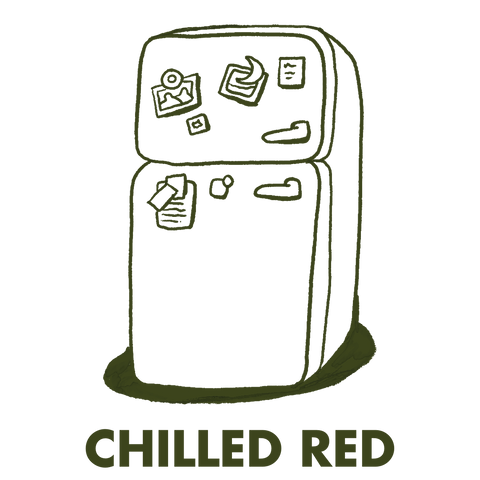
2022 Alessandro Tofanari Rossofresco






WINEMAKER: Alessandro Tofanari & Simona Orsini
REGION: Tuscany, IT
VARIETY: Sangiovese, Colorino, Caniolo, Trebbiano
VITICULTURE: Organic/Biodynamic
The Rossofresco (which translates to “fresh red”) is a blend of Sangiovese, Colorino, Caniolo, as well as two un-identified red varieties. All are co-fermented in concrete. A part of Trebbiano is added, after going through 1 month of skin contact, and also ferments in concrete. Most of the vines are between 50 and 70 years old.
As the name suggests, this is a crunchy and fresh red, which works perfectly with a chill. This is a light and vibrant example of Sangiovese.
Husband and wife duo, Alessandro Tofanari and Simona Orsini, have been producing wine in the San Giminiano area of Tuscany for over two decades. They started the winery project in 2001 founding the perfect plot of land nearly 10 years earlier, but it took years of convincing the owner to sell him Podere La Castellaccia outside of the famous Tuscan hill town of San Gimignano.
From the Estruscan times in this area of Tuscany, vines were grown together with fruit orchards, were the fruit tree itself was the support for the vines. This technique, called “vigna maritata”, has gone almost forgotten until recent years. Alessandro has recently started working with a small plot planted this way. Between rows of fruit trees, which were around 10 metres wide, vegetables and grains used to be planted.
